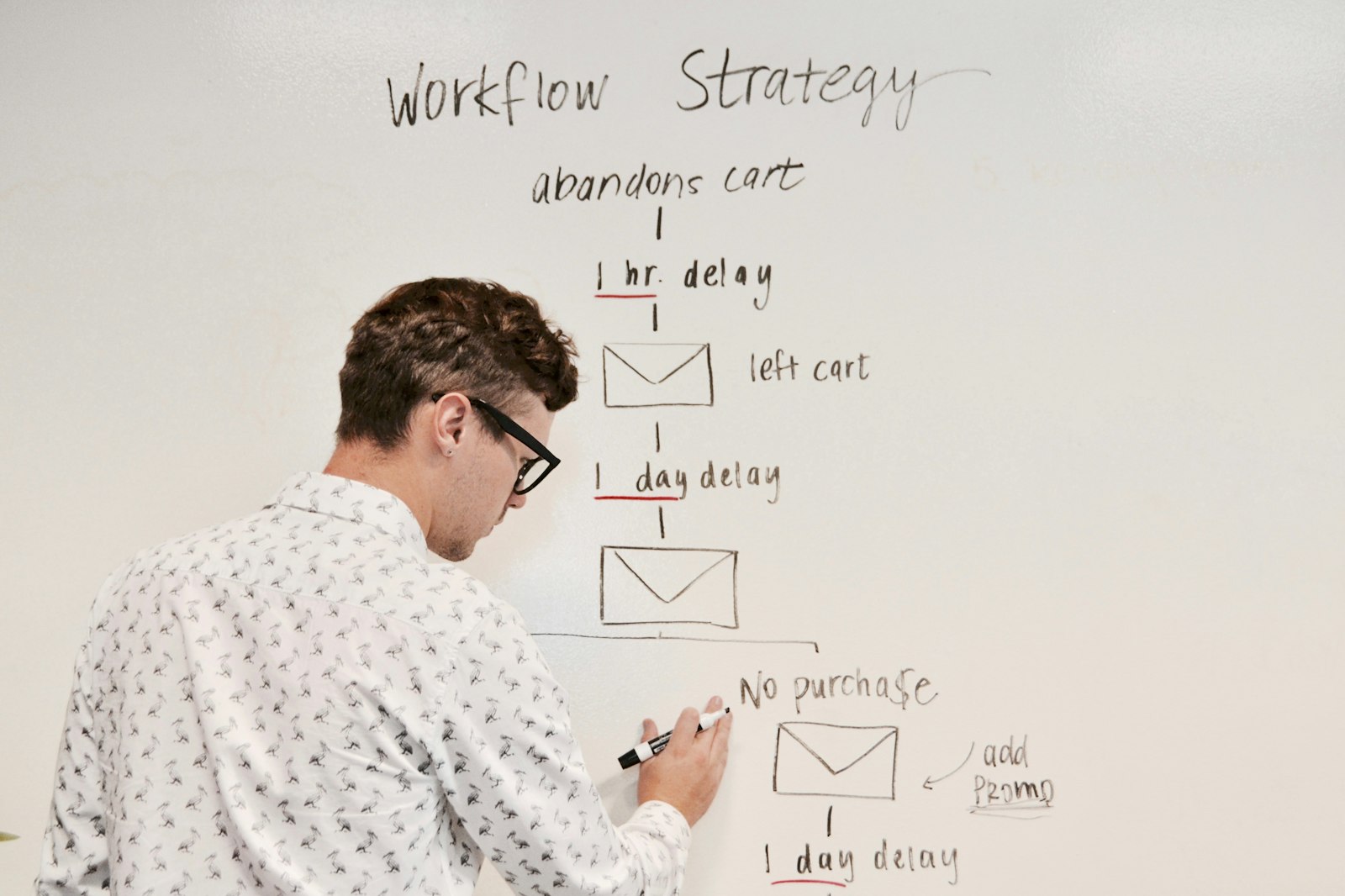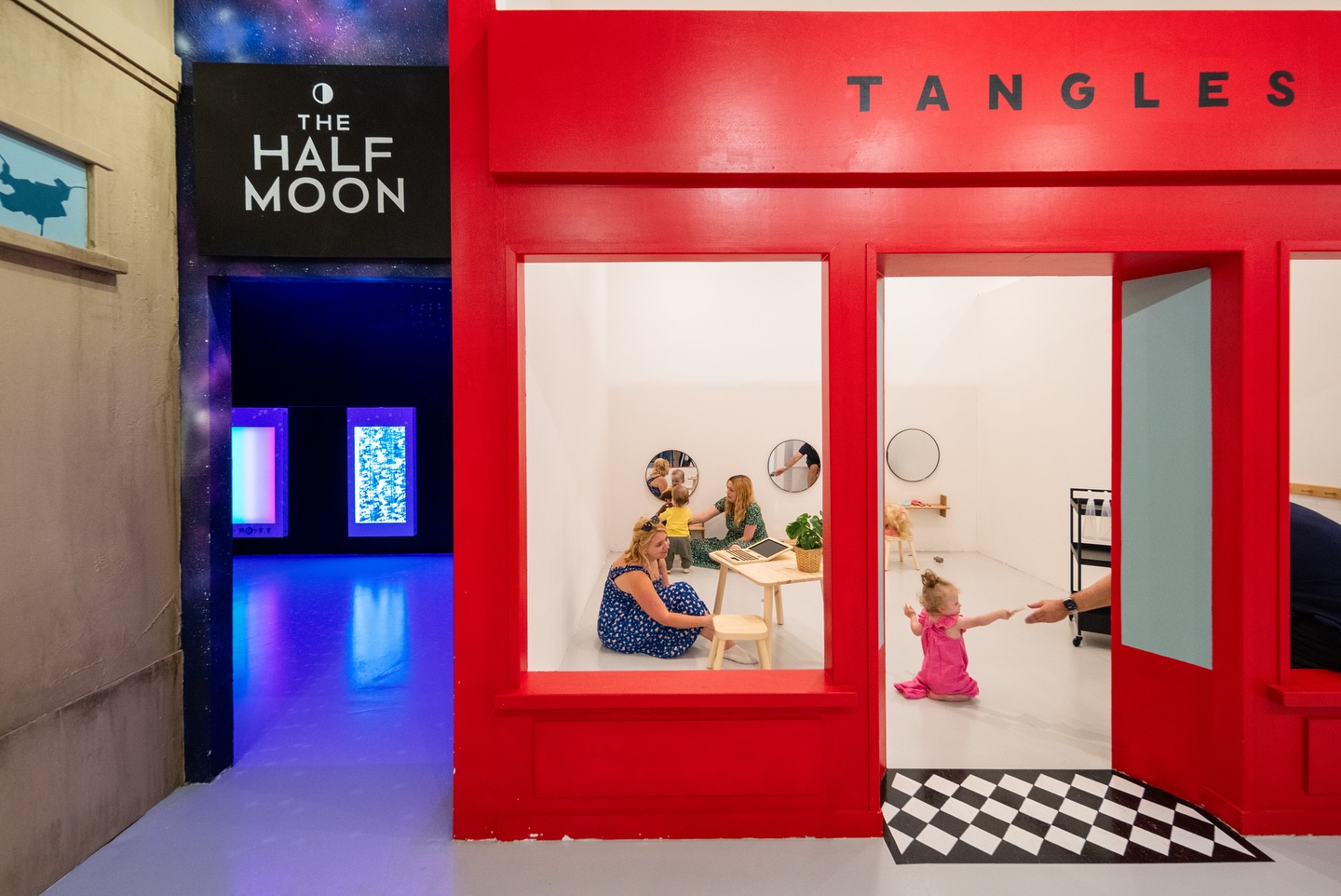Overview
We partnered with a major visitor attraction and leisure business in the UK to modernise data analytics and governance. Data existed across EPOS systems, online booking platforms, marketing mailing lists and legacy on-premises databases, creating silos and inconsistent formats. There was no single source of truth, and reporting was fragmented. We designed a three-layer SQL architecture - raw, staging and reporting - to ingest, harmonise and store all data in a single master dataset. By applying consistent business logic and automations, we prepared reliable data for Power BI dashboards that supported governance, commercial planning and guest-facing initiatives.
Problem
Reportability was fragmented because data lay in multiple disconnected sources: EPOS, online booking, customer mailing lists and legacy on-premises databases. There was no centralised solution or single source of truth, so teams repeatedly reconciled numbers and lacked consistent definitions across products and channels. The integration complexity of legacy systems, combined with the need to harmonise very different data formats and standards, created delays and risk for near-term reporting and longer-term strategy.
Solution
To address this, we designed and implemented a three-layer SQL architecture - raw, staging and reporting - to consolidate data into a master database. We integrated legacy on-premises data with modern cloud-based services, applying business transformations to standardise outputs across products and systems.
- Integrated multiple data sources including legacy on-premises databases and modern cloud-based services
- Designed raw, staging, and reporting layers within SQL for structured data processing
- Automated data ingestion and transformation with scheduled triggers
- Applied business rules to standardise outputs across products and systems
- Enabled a single master data set ready for Power BI dashboards
The setup provides repeatable data pipelines and a foundation for a future data warehouse.
Impact
We delivered a centralised reporting database consolidating previously siloed data. Automated, near real-time refreshes of business reporting were enabled, reducing manual reconciliation effort and errors. The organisation gained a scalable foundation to evolve towards a full data warehouse in future, with governance and consistency across reporting domains.
Highlights
- Integrated multiple data sources including legacy on-premises databases and modern cloud-based services
- Designed raw, staging, and reporting layers within SQL for structured data processing
- Automated data ingestion and transformation with scheduled triggers
- Applied business rules to standardise outputs across products and systems
- Enabled a single master data set ready for Power BI dashboards
Stack & Approach
We delivered a SQL Server based three-layer model (raw, staging, reporting) to consolidate data into a master dataset. Our integration bridged legacy on-premises systems with modern cloud services; automated ingestion and transformations ensured repeatable, auditable pipelines. Governance rules standardised dimensions across products and channels, enabling near real-time Power BI dashboards. The engagement was delivered by an independent consultancy in the UK Leisure & Tourism sector, with a focus on rapid value. Tech stack: SQL Server; ETL; Power BI; Automation; Legacy System Integration.





.svg)